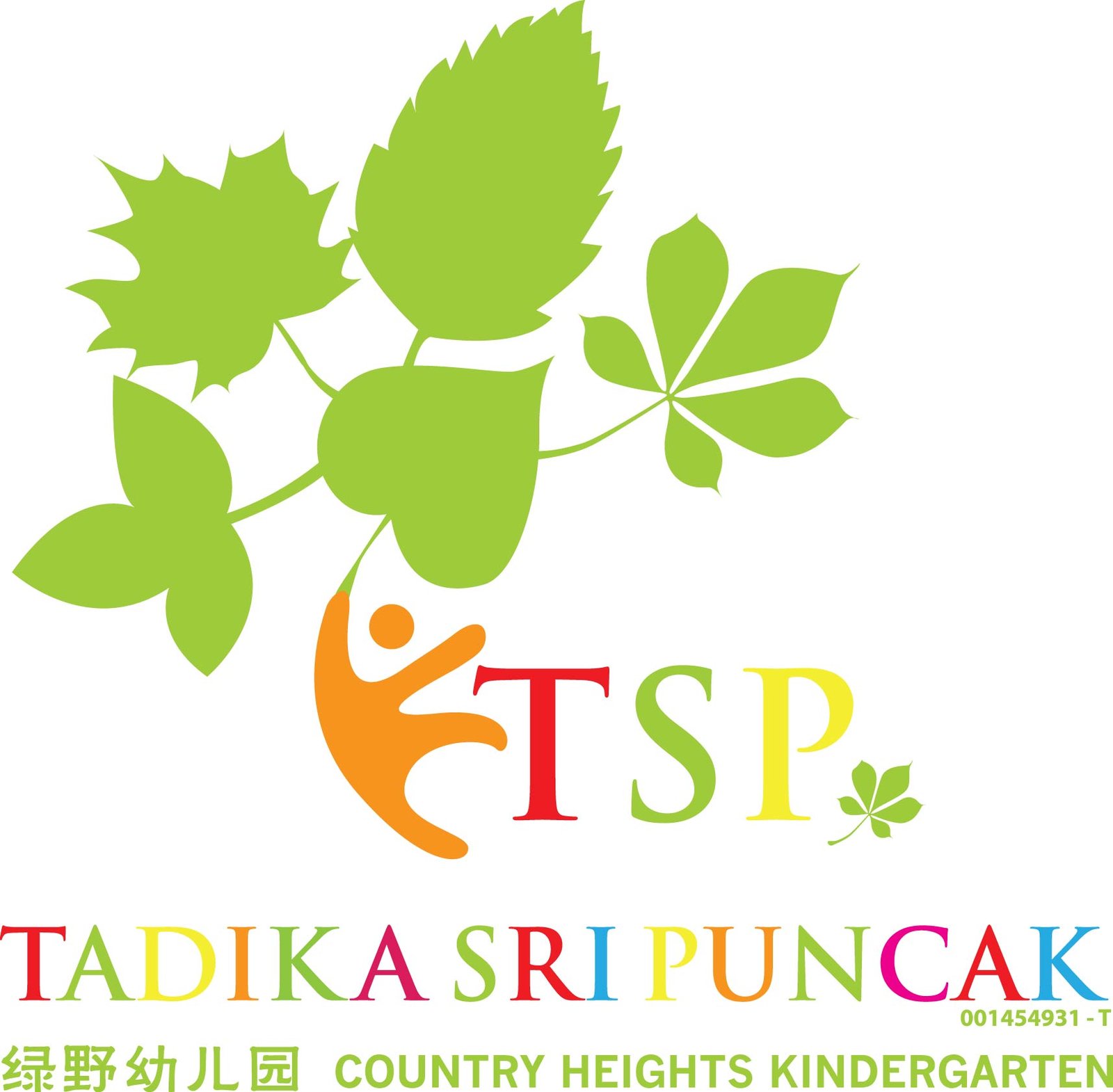A Time-tested Montessori Approach with a Local Touch
Montessori is a method of education that is based on self-directed activity, hands-on learning and collaborative play.
In Montessori classrooms equipped with child-sized furniture, low shelves and specially designed learning tools, children make creative choices in their learning, while the teachers offer age-appropriate activities to guide the learning process. Children work in groups and individually to discover and explore their own potentials and knowledge of different topics.
Children are given the freedom to interact with children of different ages. This experience enables them to build sense of confidence, a key skill for them to move through different phases of life with the belief that they can try new things, not be to afraid of stepping out of their comfort zone.
With over two decades of dedication and hands-on experience in running Tadika Sri Puncak, our Principal, Sophie and teachers constantly improvising our Montessori Curriculum and the prepared environment to deliver teachings in a structured blend of English, Bahasa Malaysia and Mandarin to educate children the basic Montessori modules:
- Practical Life
- In the Montessori classroom, young children are normally drawn first to the Practical Life area because of the novel objects and materials similar to what they see in everyday living experience. Practical Life activities help children to develop coordination, concentration, a sense of personal independence and sense of order through activities like cleaning and care of the environment, learning about the weather and calendar etc.
- Sensorial
- The Sensorial area consists of materials that educate and refine a child’s senses. The child learns to recognise similarities and differences. A primary purpose of the Sensorial exercises is that “the child trains himself to observe, that be led to make comparisons between objects, to form judgments, to reason and to decide” (Dr. Maria Montessori in Dr. Montessori’s Own Handbook)
- Mathematics
- Montessori believed that a child’s mind is mathematical and based on the order of perceptual awareness found in the development of the senses. The acquisition of mathematical principles is as seen as developing logically from concrete to abstract, and from simple to complex. Using concrete objects, the child manipulates the materials and gains an understanding that addition means join together, subtraction means take away, multiplication means to join the same quantity many times, and division means to share equally.
- Languages
- Writing always comes before reading in a Montessori classroom. Children build up their words phonetically by using cardboard letters. The reading levels progress through three series: pink, blue and green. Writing skill is developed through children’s hands-on experience with the application of sandpaper letters – see, touch and read. A wide range of story and reference picture books are always available at the reading corner.
- Culture
- The Earth is our home, but what do we really know about it? In our Culture curriculum we look at the formation of the Earth, its place in the Solar System, its atmosphere, weather and seasons and its various land and water features. We also explore ways of representing these features through the use of maps. A major component of this curriculum is the study of continents, countries of the world and cultures. When children leave Montessori school, the breadth of knowledge they have of their world can be quite outstanding.
